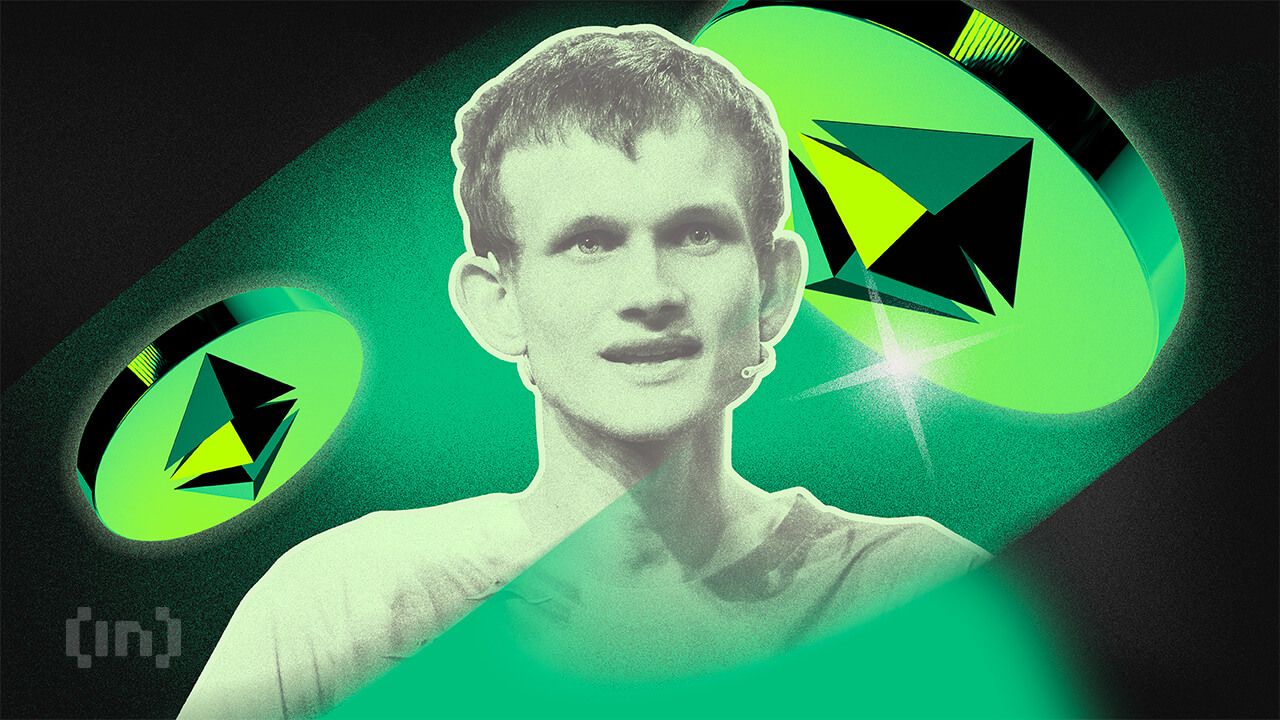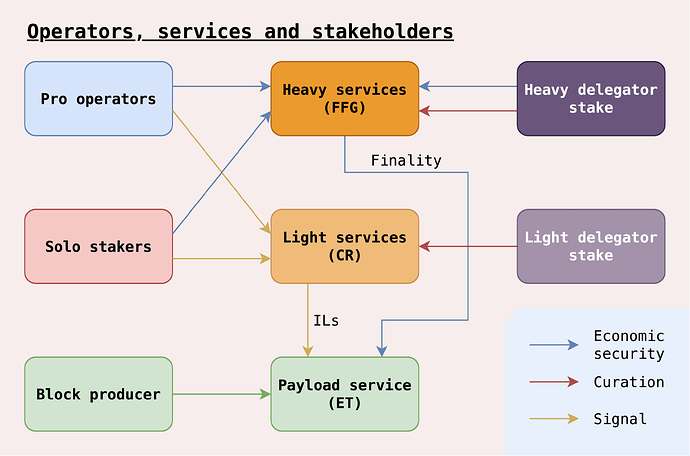Vitalik Buterin Introduces Rainbow Staking

[ad_1]
Vitalik Buterin, a co-founder of Ethereum, announced the introduction of a new staking concept termed “Rainbow Staking.”
This initiative aims to revamp the economic structure of the network by implementing a dual-pronged staking mechanism. The approach distinguishes between heavy and light services, offering a framework that impacts the distribution of rewards.
Vitalik Buterin Introduces Ethereum Rainbow Staking
Vitalik Buterin explained that Rainbow Staking introduces the two-dimensional Minimum Viable Issuance (2-D MVI). This model aims to optimize reward allocation between heavy services, which demand significant stake backing and play a vital role in network operations, and light services, characterized by their flexibility and ability to increase the network’s preference entropy. This is critical for a censorship-resistant network, as it ensures a diverse range of transactions and interactions.
Another key focus of Rainbow Staking is on enhancing the role and value of solo stakers within the Ethereum ecosystem.
Traditionally overshadowed by larger staking pools, solo stakers under Rainbow Staking are recognized for contributing to network resilience. They serve as a buffer against potential failures by larger operators. Therefore, playing a crucial role in maintaining network activity during such downtimes.
“With Rainbow Staking, we offer an alternative 2-D MVI where solo stakers are maximally effective participants on their own terms, achieving the goals which many have signed up for: Competitive economic returns with the ability to realize their preferences into the execution the chain, e.g., as ultimate backstops of chain liveness or as censorship-resistance agents,” Barnabé Monnot, Research Scientist at Ethereum Foundation, wrote.
Read more: Ethereum Restaking: What Is It And How Does It Work?

Therefore, Buterin proposes adjusting reward distribution to incentivize participation from solo stakers and smaller operators to promote a more inclusive economic model. This strategy is designed to shift the competitive model from focusing on a singular resource battle to a more diversified and equitable ecosystem.
The announcement of Rainbow Staking has sparked discussions within the cryptocurrency community regarding its potential impacts on the Ethereum network. Proponents argue that incentivizing a wider range of participants could lead to a more resilient and decentralized network.
Critics, however, raise questions about the implementation challenges and the potential for unintended consequences. Particularly, concerning network security and the dynamics between solo and pooled staking.
“The biggest downside I see to your proposal is that it is complex, difficult to migrate to, [and] challenging to predict second-order effects. The first two points might not have any alternative other than defining a clear specification. For the last point, I would urge more research into areas such as tokenized claims, restaking, etc,” Matt Stam, Founding Engineer at Succinct, said.
Read more: Ethereum (ETH) Price Prediction 2024 / 2025 / 2030
While the full implications of this new staking model remain to be seen, they reflect Ethereum’s efforts to explore innovative solutions that support its growth and sustainability.
Disclaimer
In adherence to the Trust Project guidelines, BeInCrypto is committed to unbiased, transparent reporting. This news article aims to provide accurate, timely information. However, readers are advised to verify facts independently and consult with a professional before making any decisions based on this content. Please note that our Terms and Conditions, Privacy Policy, and Disclaimers have been updated.
[ad_2]
Source link
